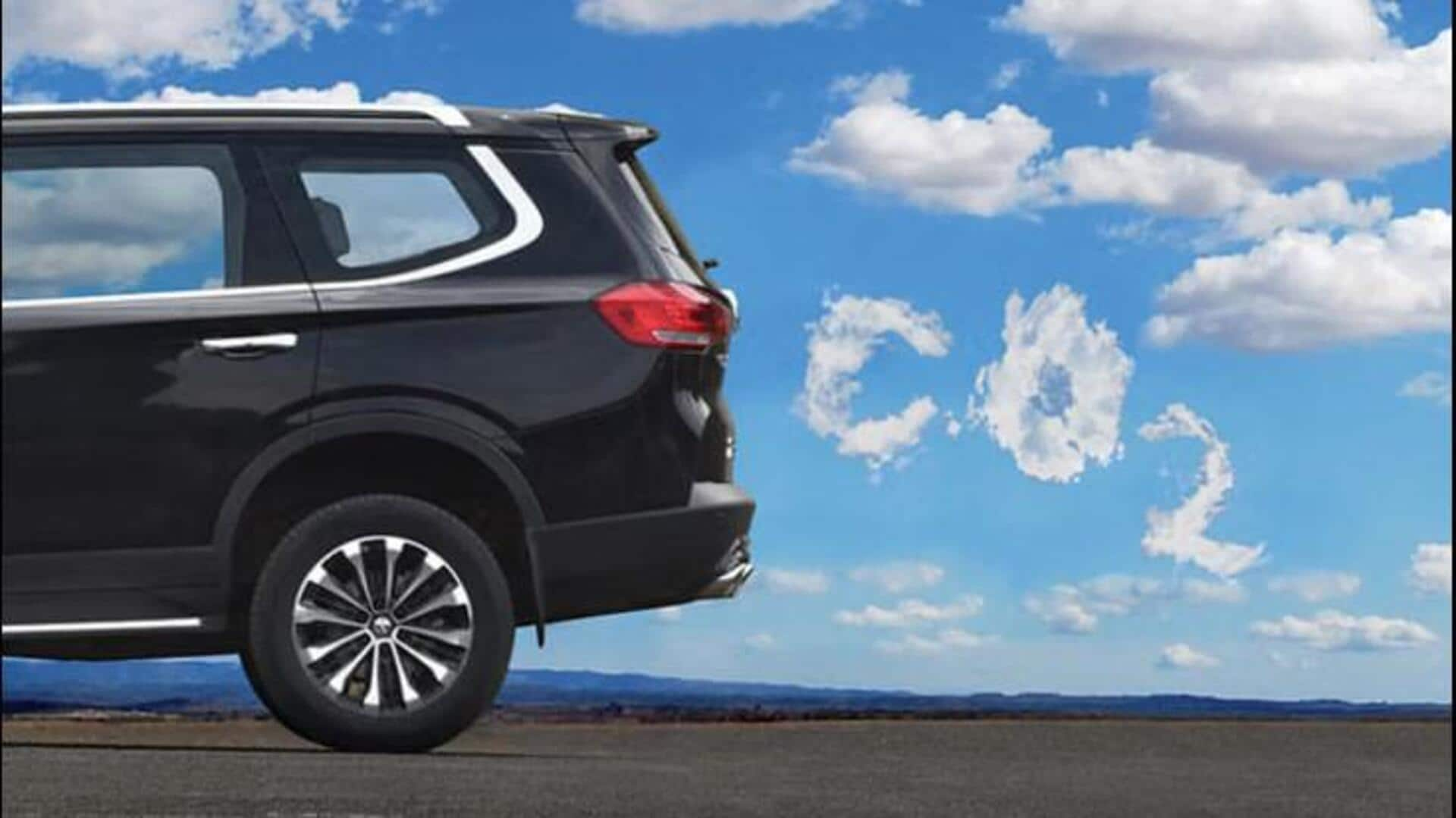
CAFE III norms: Why India's auto industry is divided
What's the story
The proposed Corporate Average Fuel Efficiency (CAFE) III norms have sparked a debate among Indian automobile manufacturers. The new regulations set fuel-efficiency targets based on the average unladen weight of all cars sold by a manufacturer in a year. This has created a rift between companies primarily producing small cars and those focuing on SUVs and larger vehicles.
Regulation details
A closer look at CAFE III norms
The Indian government first introduced CAFE standards in 2017 under the Energy Conservation Act, 2001. The initial rules mandated a fleet-average fuel efficiency of 5.5 L/100km and CO2 emissions below 130 g/km. The second set of rules, CAFE II, was enforced in 2022 with stricter targets, fuel-efficiency target lowered to 4.7 L/100km and CO2 cap tightened to 113 g/km.
Future plans
Next step in emission reduction
CAFE III is the proposed next step to further cut emissions and encourage manufacturers to produce more fuel-efficient vehicles. The rules are set to come into effect from 2027 and will remain in place until 2032. Under these new norms, the CO2 target is significantly stricter at 88.4 g/km, much lower than the previous drafts and well below CAFE II's limit of 113 g/km. Manufacturers failing to meet this fleet-average performance will face hefty fines.
Compliance strategies
Target calculation and compliance flexibility
The draft provides a formula for manufacturers to calculate their annual fuel-efficiency target, based on the average weight of all cars they sell in a year. Heavier fleets get slightly higher allowances while lighter ones face stricter limits. Actual fuel performance will be calculated annually based on sales volume, fuel consumption, and approved CO2-reducing technologies. Certain techs can earn "super-credits," giving manufacturers some compliance flexibility by counting such vehicles multiple times.
Manufacturer reactions
Industry response and concerns
The proposed norms have divided the industry, with small-car-focused manufacturers supporting the provisions but warning that unrealistic emission targets could lead to severe pricing implications. Large car manufacturers favor weight-based relaxations for larger vehicles which inherently emit more due to their size. The divide is so severe that the Society of Indian Automobile Manufacturers (SIAM) couldn't reach a consensus on the matter and asked the government to decide on these norms.
Safety issues
Concerns over vehicle safety and market impact
Tata Motors Passenger Vehicles CEO Shailesh Chandra criticized the draft for defining an arbitrary category of small cars based on weight. He argued that no model under 909kg qualifies for a Bharat NCAP rating and pushing manufacturers toward lighter cars could undo safety progress built over the last 10 years. This is especially relevant for market leader Maruti Suzuki, whose popular models like Wagon R, Celerio, Alto and even Ignis typically fall below the 909-kg mark.